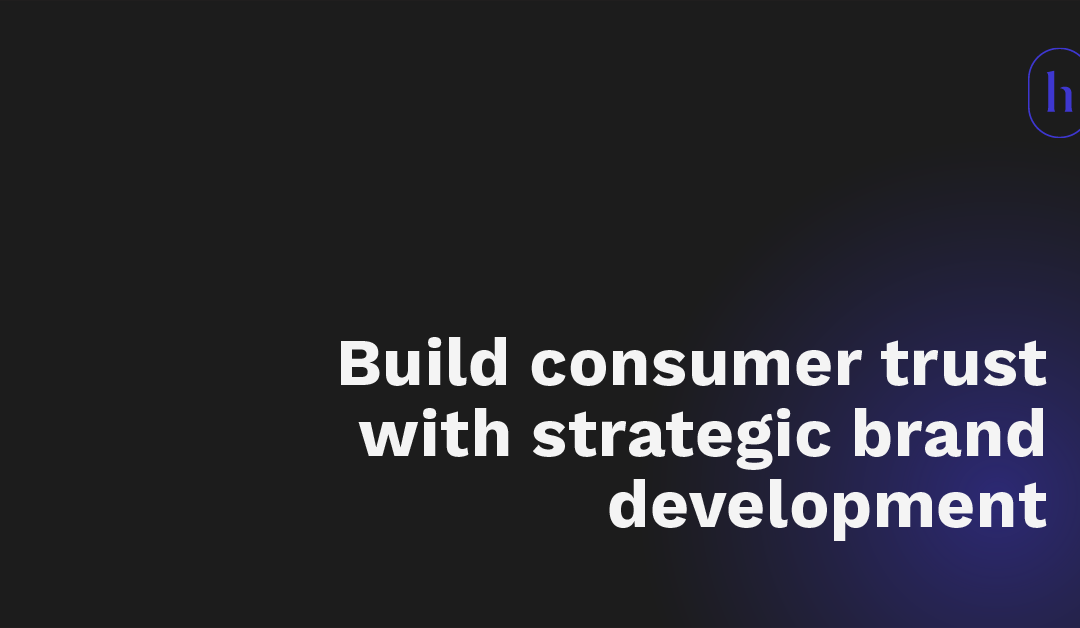
The Challenges Branding Agencies Will Face in 2025: Why Human Connection Still Matters
The Challenges Branding Agencies Will Face in 2025
The marketing and branding world is changing fast, and 2025 is shaping up to be a year full of challenges (and opportunities) for agencies like ours. From AI tools to tighter budgets, there’s a lot to keep up with. But one thing we know for sure? People still matter—big time.
AI: A Tool, Not a Replacement
AI is everywhere right now, and it’s not going away. It can be a great tool for speeding up tasks and creating personalized experiences. But at the end of the day, AI is just that—a tool. It can’t fully replace the creativity, intuition, and connection that humans bring to the table.
Take it from one of our clients, James Wong of The Founders Chair. He shared how he tried multiple AI-powered branding tools before coming to us. He spent hours “regenerating” designs and got results that were okay at best but never really hit the mark. Eventually, he realized that some things—like building a brand that truly reflects your company’s mission—require a human touch. And that’s where we came in.
Balancing Automation and Creativity
The rise of AI also creates a balancing act for agencies. Sure, automation makes some processes faster, but too much reliance on it can strip away what makes brands unique. A great brand isn’t built by following an algorithm; it’s built by understanding people—what they want, how they feel, and what inspires them.
That’s where we shine. We focus on making brands that connect on a human level because that’s what sticks with people. A logo, a voice, or a story that feels real can’t be automated.
Tight Budgets, Big Ideas
Another challenge agencies will face in 2025 is balancing rising costs with clients’ shrinking budgets. We get it—every dollar matters. That’s why we don’t focus on quick fixes or trendy designs. Instead, we build thoughtful strategies that provide real value and make an impact.
Content Overload
Let’s be real: the internet is noisy. Standing out today takes more than just showing up. Agencies need to create content that isn’t just high-quality—it needs to be meaningful. It’s a challenge we’re ready for, and it’s another reason why that human touch matters so much.
Why Human Involvement Matters
At the end of the day, branding isn’t just about what looks good—it’s about what feels right. It’s about understanding your business, your goals, and the people you serve. That’s why we’re passionate about being more than just another agency. We want to be partners who help you navigate changes, share big ideas, and build something that lasts.
James said it best when he told us how working with real people helped him create a brand he’s proud of. AI couldn’t deliver that, but collaboration could.
2025 will bring challenges, sure. But it’s also going to bring opportunities to show why human creativity and connection will always be at the heart of great branding. And we’re here for it.




